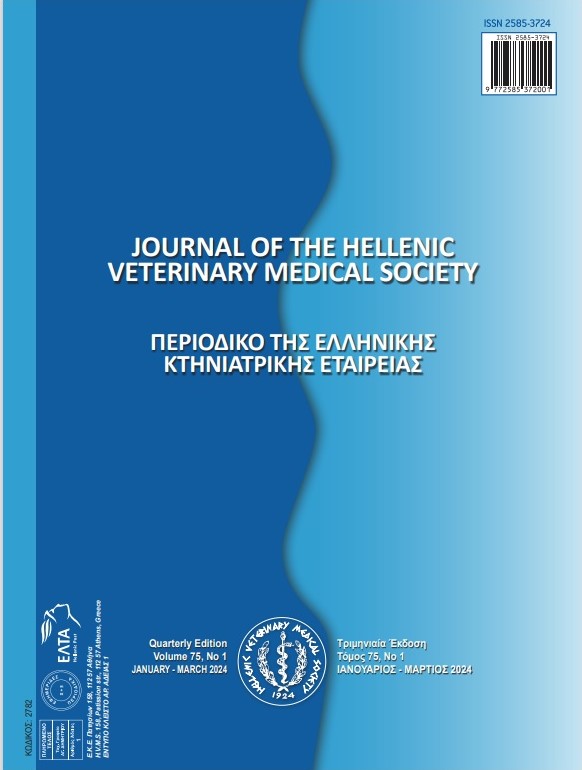GDF9 gene c.260G>A mutation and sheep litter size: a meta-analysis

Résumé
Growth differentiation factor 9 (GDF9) has been identified as a major gene associated with sheep litter size. The most frequent single nucleotide polymorphism (SNP) associated with GDF9 is c.260G>A, altering protein sequence. Some studies found that this SNP did not affect litter size, while others found that it had an effect. This study examined the impact of this polymorphism on litter size through a meta-analysis. An analysis was conducted on six eligible published studies to examine the effects of c.260G>A polymorphism on litter size using four different genetic models: dominant (GG + GA versus AA), recessive (GG versus GA + AA), additive (GG versus AA) and co-dominant (GG + AA versus GA). The data were analyzed according to the I-squared value using fixed-effects and random-effects models. The c.260G>A polymorphism affected litter size significantly when analyzed as recessive (SMD = -0.24, 95 % CI [-0.41, -0.08]) and co-dominant (SMD = -0.36, 95 % CI [-0.64, -0.07]). In contrast, the c.260G>A polymorphism had no effect when used with dominant (SMD = 0.35, 95 % CI [-0.26, 0.96]) and additive (SMD = 0.18, 95 % CI [-0.78, 1.15]) genetic models. A statistical sensitivity analysis of pooled SMDs revealed no differences, indicating the overall results did not result from a single study. A meta-analysis shows that sheep litter size is related to genotype GA. This study supported the concept that GDF9 is a fundamental factor that influences sheep litter size.
Article Details
- Comment citer
-
Sahib, M., AL-Jaryan, I., & Al-Thuwaini, T. (2024). GDF9 gene c.260G>A mutation and sheep litter size: a meta-analysis. Journal of the Hellenic Veterinary Medical Society, 75(2). https://doi.org/10.12681/jhvms.35128
- Numéro
- Vol. 75 No 2 (2024)
- Rubrique
- Short Communication

Ce travail est disponible sous licence Creative Commons Attribution - Pas d’Utilisation Commerciale 4.0 International.
Authors who publish with this journal agree to the following terms:
· Authors retain copyright and grant the journal right of first publication with the work simultaneously licensed under a Creative Commons Attribution Non-Commercial License that allows others to share the work with an acknowledgement of the work's authorship and initial publication in this journal.
· Authors are able to enter into separate, additional contractual arrangements for the non-exclusive distribution of the journal's published version of the work (e.g. post it to an institutional repository or publish it in a book), with an acknowledgement of its initial publication in this journal.
· Authors are permitted and encouraged to post their work online (preferably in institutional repositories or on their website) prior to and during the submission process, as it can lead to productive exchanges, as well as earlier and greater citation of published work.


